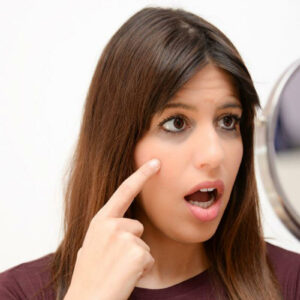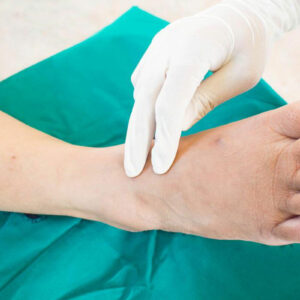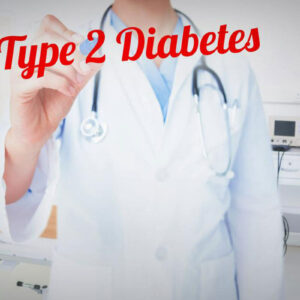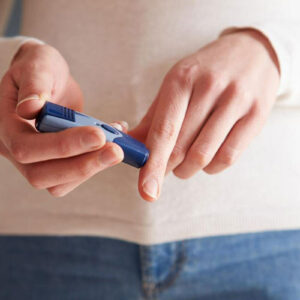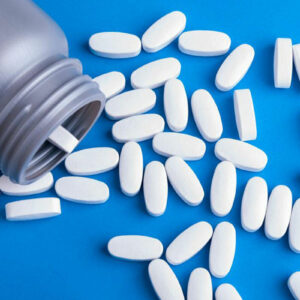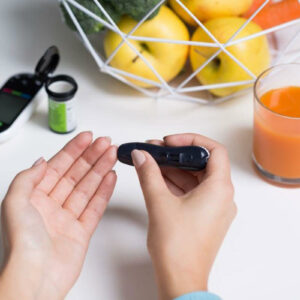
01
Top Tips to Create Ideal Diet for Diabetes
If you have diabetes, food plays an important part in managing your symptoms. Here’s how you can put together diets for diabetes patients. If you have been diagnosed with diabetes, it means that you have high levels of glucose (blood sugar), which can cause further health problems. There are different types of the disease—chronic diabetes includes type 1 diabetes and type 2 diabetes, while prediabetes (high blood sugar levels, but does not qualify as diabetes) and gestational diabetes (occurs when a woman is pregnant but can dissipate after delivery) are the types of potentially reversible diabetic conditions. Noticing any diabetes symptoms and reporting them to a medical professional at the earliest is vital, as early detection means you can start your treatment early, and thus achieve optimum results from the treatment. In addition to conventional diabetes treatments, there are certain natural remedies and lifestyle changes that can ease the symptoms and provide significant relief to people suffering from the disease. Diets and diabetes go hand in hand, as what you eat and don’t eat plays a major role in your diabetes treatment. The medical term for a diabetes diet is medical nutrition therapy (MNT) for diabetes, which entails eating different foods that are high in nutrition, moderate quantities of food, and sticking to mealtimes. There are many myths about diets for diabetes patients, such as—you cannot eat sugar at all, you cannot eat any carbohydrates, and that you need to eat only special diabetic meals. But the truth is that if you carefully plan diets for diabetes management, you can enjoy your favorite foods and keep your diabetes symptoms in control at the same time. There are certain approaches to creating diets for diabetes patients, and these diets are aimed at lowering the glucose level in your blood and keeping it within a normal level.
Read More 
